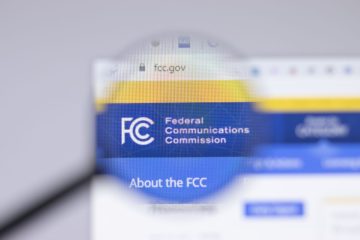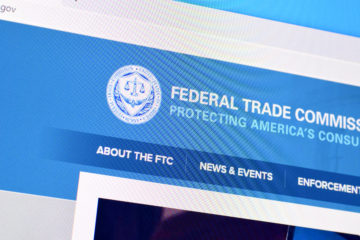President Trump ran on increasing American energy production. To achieve energy dominance, it will require a whole of industry approach, without limitations by the government. In a new article at RealClearEnergy, Market Institute President Charles Sauer advocates for any and all energy sources to be leveraged. He writes:
“Say what you will about Las Vegas, but there is one thing that is indisputable about Sin City – they know how to gamble. Vegas doesn’t choose winners and losers, they choose the game and, therefore, bet on it all. They don’t care if someone bets on red or black, hits on 16 or stays, or plays high stakes or penny slots. The only thing that Vegas cares about is that people play the game. Our government should be the same way when it comes to energy policy.
Energy demands across the country are surging. To keep up, we need to embrace an all-of-the-above approach to energy. This strategy should include fossil fuels, renewable energy, and nuclear power. Taking a card out of Vegas’s book, we should bet on it all because it doesn’t matter who wins; as competition develops across the market and within each industry, we all win.
Despite the history of environmentalists opposing nuclear power, a growing number are now recognizing its potential. To meet future demands on the U.S. power grid, nuclear should be part of the solution. It can produce a significant amount of power with relatively minimal emissions and waste. Nuclear has proven itself as an effective energy solution. However, there are also drawbacks currently present. The cost of producing nuclear power compared to wind, solar, and traditional fuels is higher. The process to approve, permit, and construct a nuclear power plant can be lengthy – often more than 10 years – due in part to opposition from environmentalists. As a result, nuclear energy investments are primarily financed by governments through state-owned utilities, which then puts government fingers on the scale.
With current technology, political climate, and regulations—nuclear isn’t the silver bullet that magically solves all our energy problems. It is also not feasible for renewables alone to power our entire economy. The bottom line is that while nuclear has great promise and a definite role in U.S. energy policy, we cannot put all our eggs in one basket—whether that’s nuclear power, renewables or fossil fuels.
Currently, our electricity mix consists of fossil fuels (60%), renewables (22%), and nuclear (18%). Renewables stand a good chance of steadily increasing over time because of their low price of implementation and ease of deployment. However, realistically speaking, this snapshot may change over the next 10-30 years as research progresses daily, driving advancements in more efficient engines, solar panels, better batteries, different types of nuclear plants, etc. We live on the edge of future innovations in technology; yet the sector faces R&D challenges ahead.
Thankfully, President Trump is making energy production a top issue for his administration. This helps put downward pressure on prices by helping increase energy production across the board, and an increased supply means lower prices.”


